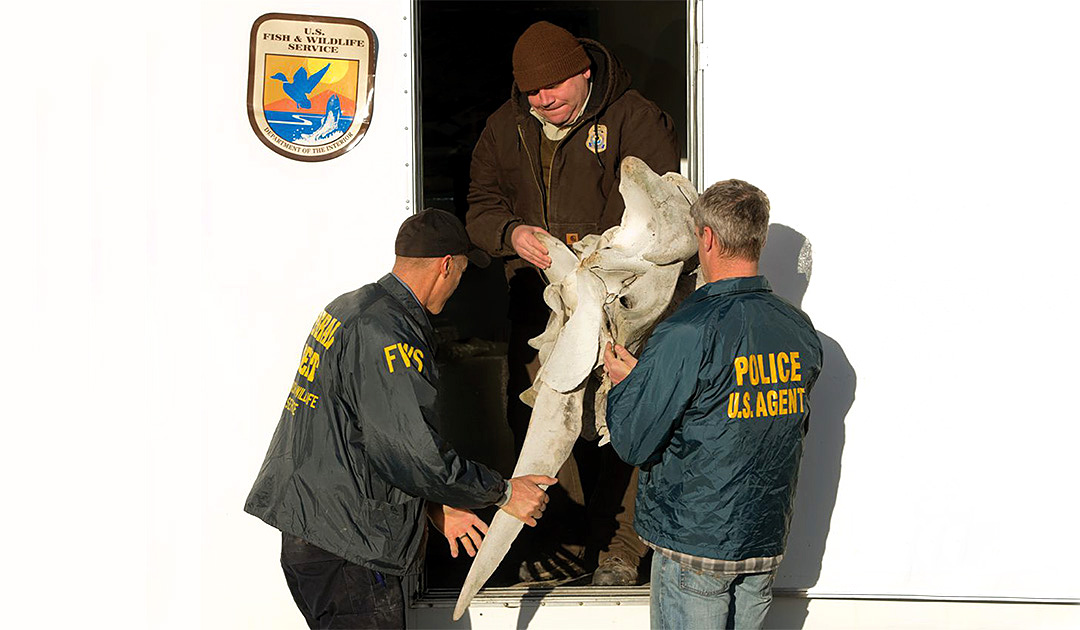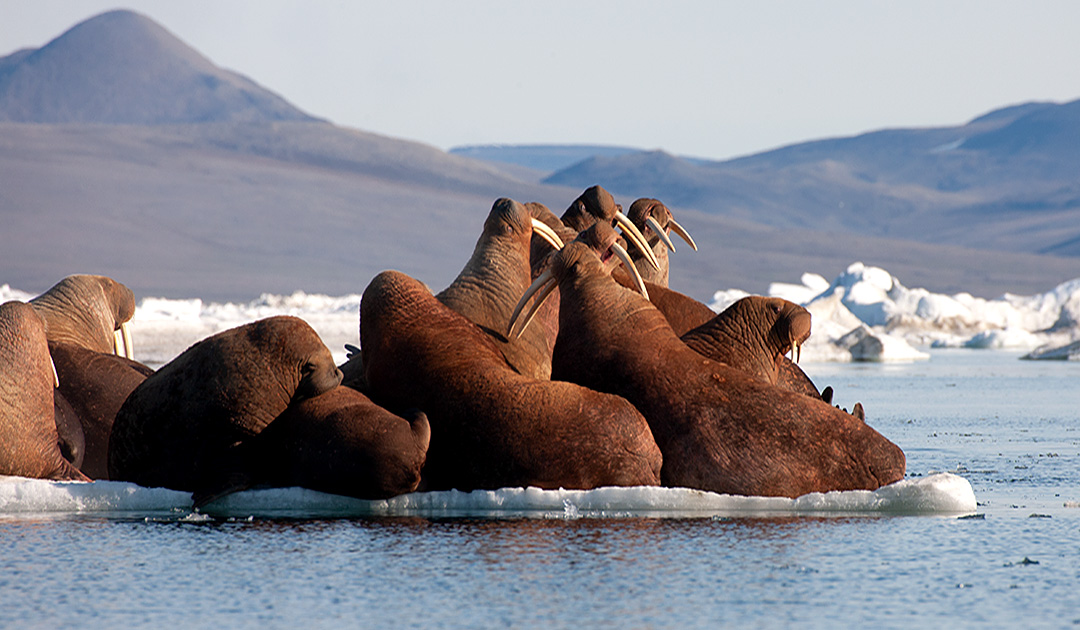
The owner of an antique shop in Anchorage was sentenced Aug. 11 to six months of house arrest and to pay fines and restitution of more than $400,000. The reason for this was the illegal trade in walrus ivory. There were also irregularities with the payment of state taxes.

The 76-year-old owner of the gallery, illegally purchased more than 50 walrus tusks to keep as inventory for future illegal sales. He regularly trafficked in illegal walrus ivory, according to a Justice Department press release. On three separate occasions, the gallery owner knowingly violated the Lacey Act, by illegally buying and selling walrus ivory.
The Act of the Lacey Act includes all fish and wildlife and their parts or products, plants protected by the Convention on International Trade in Endangered Species of Wild Fauna and Flora (CITES) and those protected by state law.
The hunting and trading of walrus ivory is reserved exclusively for the indigenous communities of northern Alaska. For further processing, the companies require a permit issued by the authorities.
In these illegal sales, the gallery owner attempted to disguise his activities by falsifying documents and lying to buyers about the origin of the ivory. He claimed the ivory was legal to trade because of his age and said he was legally entitled to buy walrus ivory because he employed Alaska Natives.
Investigators also determined that individual income tax returns were intentionally not filed from 2013 to 2017.

According to the news release, the defendant pleaded guilty to three counts of illegal wildlife trafficking under federal law Lacey Act and one count of tax evasion. The court then fined him $185,000, ordered him to pay $216,054 in restitution to the Internal Revenue Service, and ordered him to release the illegal walrus tusks and other marine mammal parts to the government.
“The joint investigation uncovered and recovered all illegal profits from a wrongful operation of trafficking in one of Alaska’s unique marine resources, the North Pacific walrus,” said Acting U.S. Attorney Bryan Wilson, District of Alaska. “As the sentence reflects today, our office has worked with law enforcement to ensure that the convict does not profit a dime from his illegal activities. We are committed to protecting Alaska’s wildlife resources and prosecuting fraudulent business activities of any kind.”
Heiner Kubny, PolarJournal





